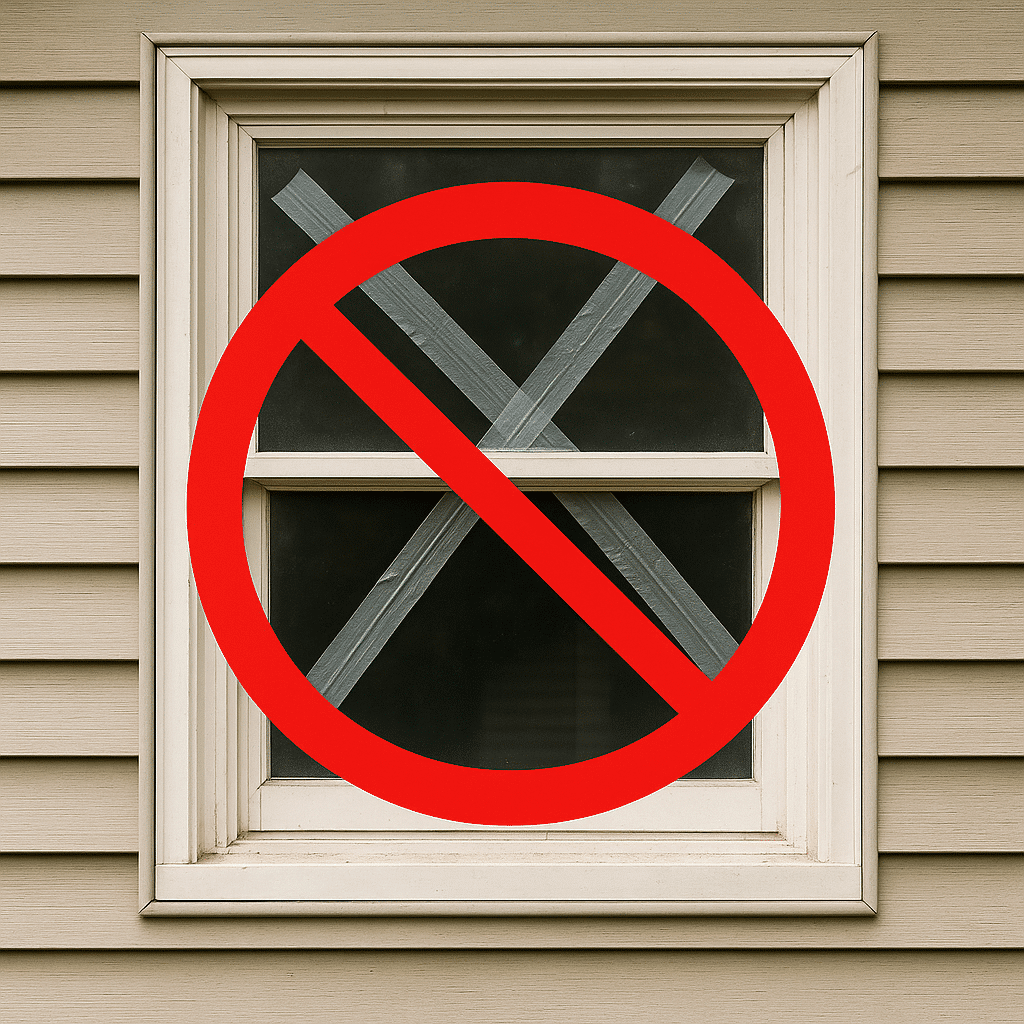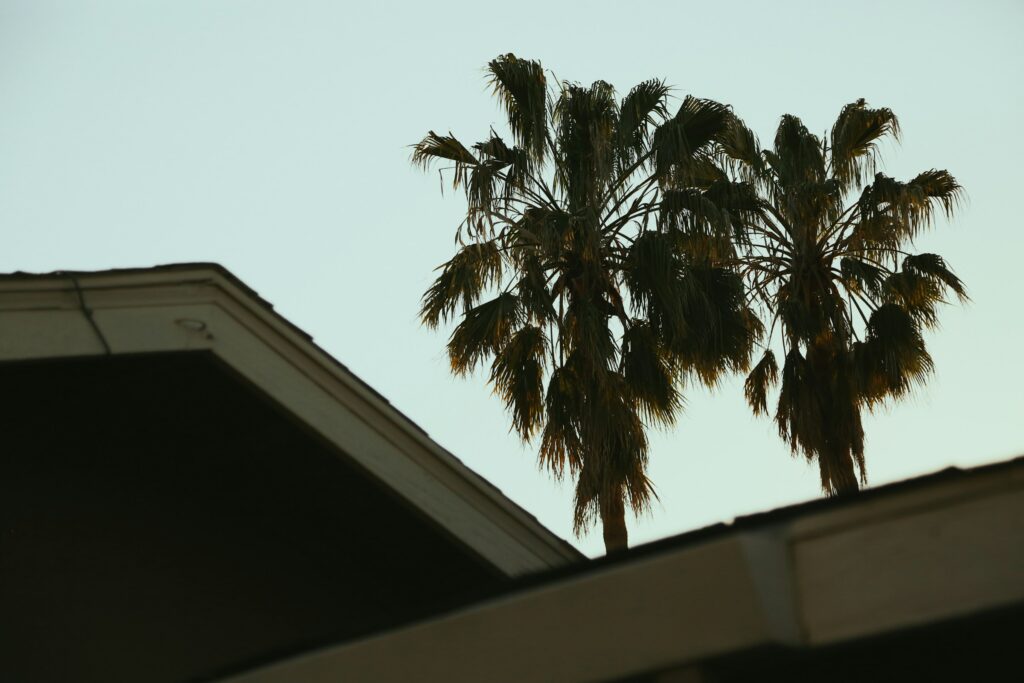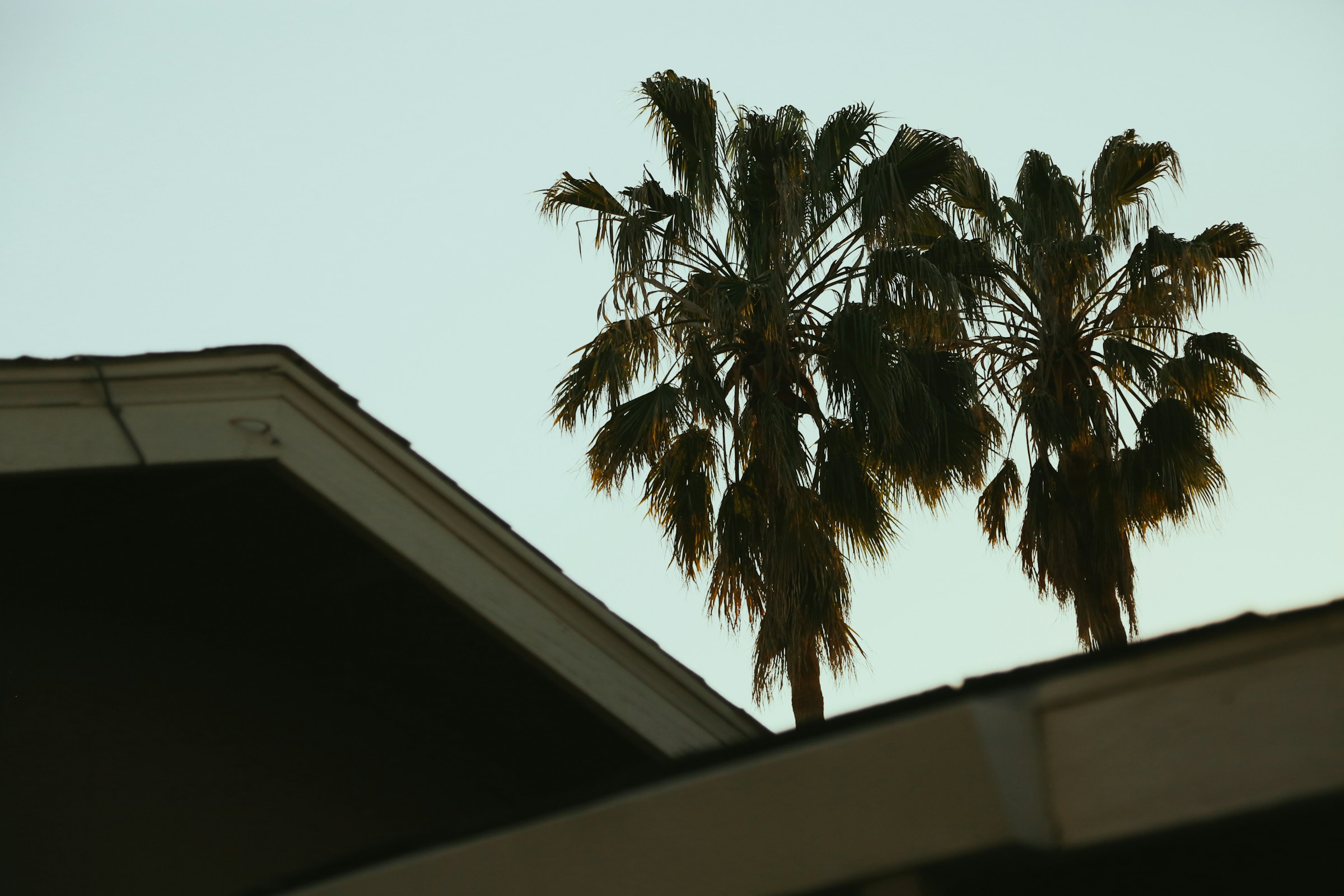
Florida’s climate puts more stress on roofing materials than nearly any other state. With year-round UV exposure, heavy rainfall, tropical storms, and high humidity, roofing systems in Florida have to endure conditions that accelerate wear and tear. If you’re a homeowner in the Sunshine State, you’ve likely wondered how long your roof is expected to last. And more importantly, when you’ll need to replace it.
Whether you currently have a shingle, tile, or metal roof, understanding how Florida weather affects lifespan is the first step in planning for long-term home protection. This guide breaks down the typical lifespan of each roofing type, outlines key failure signs, and helps you decide what kind of roof is best for your Florida home.
How Long Does a Roof Last in Florida?
In general, how long a roof lasts in Florida depends on three key factors: material, installation quality, and how well the roof is maintained. While some roofs may last 20 to 50 years in mild climates, Florida’s high heat, coastal winds, and hurricane conditions significantly shorten those timelines.
Here’s a quick comparison:
- Shingle roofs typically last 15 to 20 years in Florida.
- Tile roofs can last between 25 and 50 years with proper care.
- Metal roofs can exceed 50 years, making them one of the longest-lasting roofing materials available in Florida.
We’ll break down each in more detail below.

How Long Do Shingle Roofs Last in Florida?
Asphalt shingles are the most common residential roofing material in the country, but their performance in Florida is heavily affected by UV radiation and moisture. In a northern climate, a high-quality shingle roof may last 25 to 30 years. In Florida, however, how long shingle roofs last is often closer to 15 to 20 years.
Why the difference?
- UV exposure causes shingles to dry out and become brittle faster.
- Heavy rains and humidity can loosen granules and promote algae growth.
- Hurricane winds can lift or dislodge poorly fastened shingles.
Still, shingle roofs remain popular for their affordability and aesthetic flexibility. For homeowners who plan to move within the next decade or two, shingles can offer a good balance of cost and protection. However, they fall short in durability and storm resilience compared to other roofing materials.
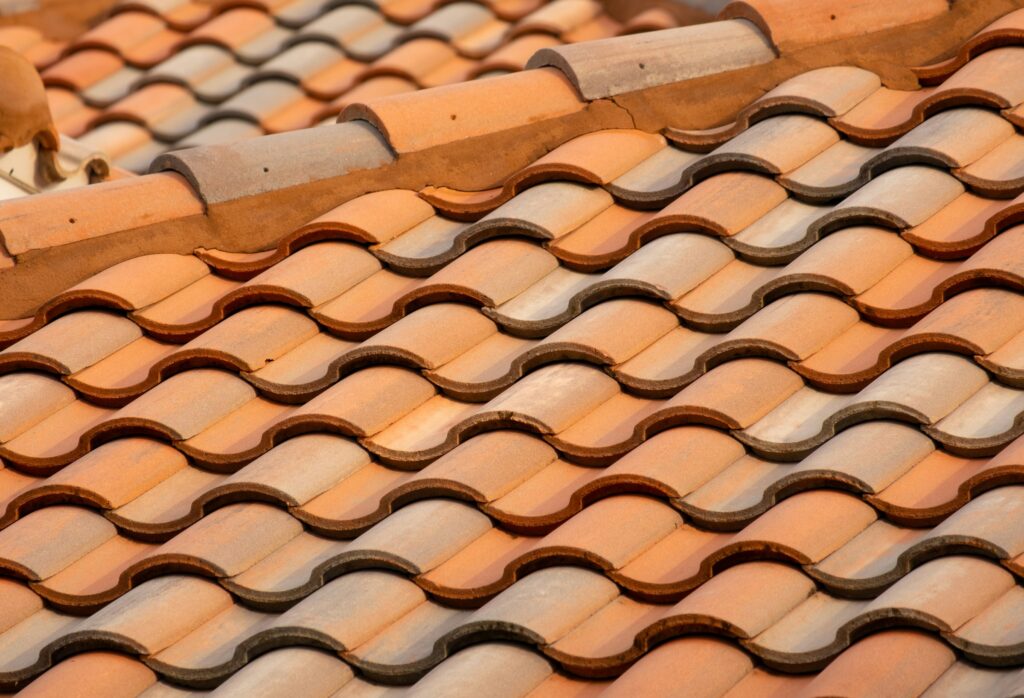
How Long Do Tile Roofs Last in Florida?
Tile roofs, either clay or concrete, are often seen on homes in coastal and Mediterranean-style communities. They’re prized for their durability, but how long tile roofs last in Florida depends on more than just the tile itself.
While the tile surface may last up to 50 years, the underlayment that supports it is usually the first thing to fail. In Florida, that underlayment may need replacement after 20 to 30 years.
Key considerations for Florida tile roofs:
- They resist insects, rot, and fire, making them a good long-term investment.
- They’re heavy, meaning your home’s structure must be engineered to handle the load.
- Installation quality is critical, especially to prevent water intrusion around flashing and valleys.
If your tile roof is showing signs of leaks or sagging, it may be time to consider replacement. FHIA Remodeling can help you assess your roof’s condition and determine whether underlayment replacement or a full system update is needed.
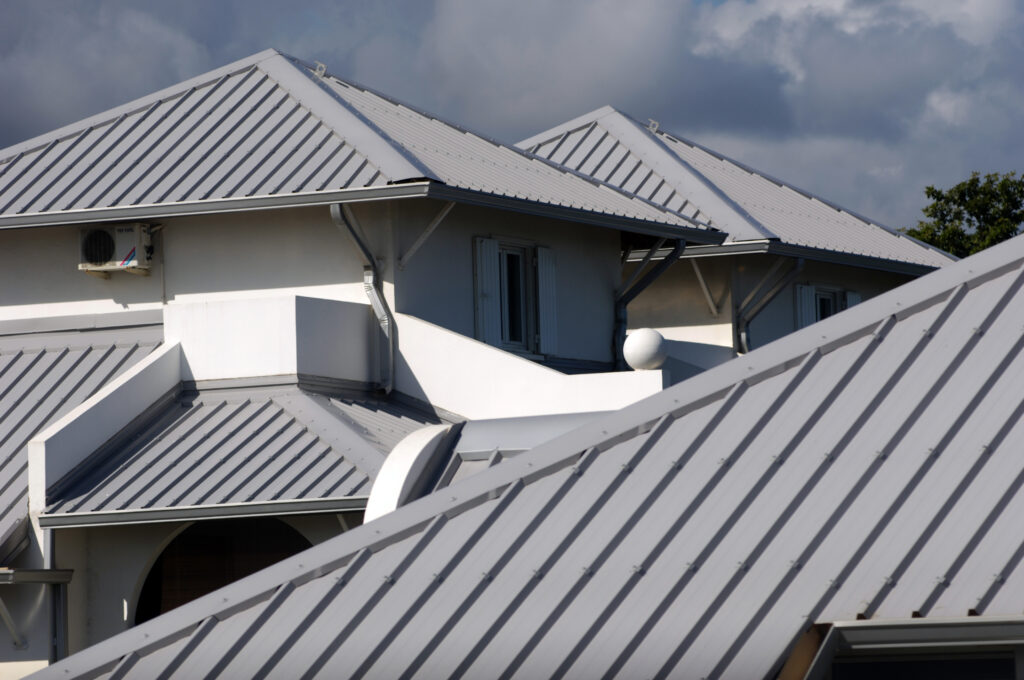
How Long Does a Metal Roof Last in Florida?
Among all roofing types, how long a metal roof lasts in Florida is the most considerable. With a lifespan of 40 to 70 years in most cases, metal roofing is increasingly seen as a smart long-term investment for Florida homes.
Metal roofing is especially well-suited to Florida’s weather conditions. It offers:
- High wind resistance for hurricane-prone areas
- Reflectivity that helps reduce cooling costs
- Resistance to mold, mildew, and insects
- Minimal maintenance, especially with concealed fastener systems
Modern standing seam metal roofs, which feature hidden fasteners and interlocking panels, are designed to withstand wind uplift, driving rain, and salt-laden coastal air. FHIA Remodeling offers high-performance metal roofing systems that meet Florida building codes and provide peace of mind during storm season.
What Kind of Roof Is Best in Florida?
The answer depends on your goals. What kind of roof is best in Florida varies depending on whether you prioritize budget, durability, curb appeal, or long-term energy efficiency.
Here’s how the three main roofing types stack up:
- Best for affordability: Asphalt shingles
- Best for long-term durability: Metal
- Best for style-matching historic homes: Tile
- Best overall performance in storm conditions: Metal
Also consider your home’s location. In hurricane evacuation zones or flood-prone areas, impact resistance and wind uplift ratings become even more important. Metal roofs are often preferred in those situations. In older neighborhoods with stricter HOA guidelines, you may be limited to tile or shingle styles. Always review your bylaws before selecting a roof.
For expert guidance, schedule a consultation with FHIA to determine which material fits your needs and your budget. You can also explore our complete range of roofing solutions for Florida homeowners.
Roof Lifespan Depends on Maintenance Too
No matter what material you choose, routine maintenance plays a major role in how long your roof lasts. Cleaning gutters, checking flashing, and inspecting for loose or missing components after major storms can add years of service to your roof.
FHIA Remodeling recommends annual inspections and seasonal upkeep for all roof types. To learn how to care for your roofing system over time, check out our guide on how to maintain a new roof.
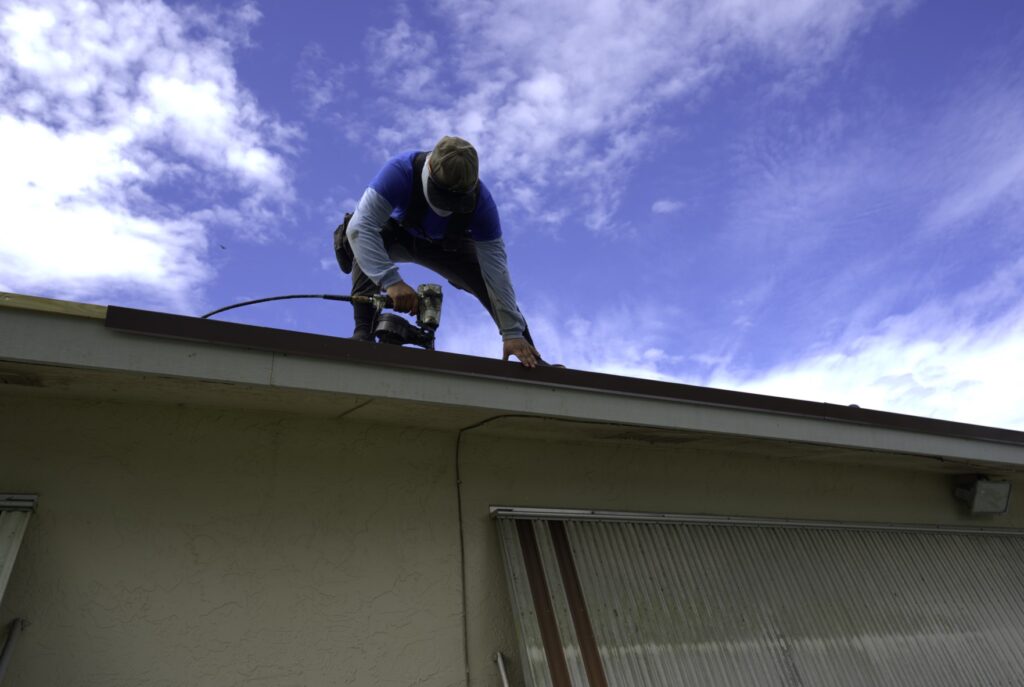
Know When It’s Time to Replace
Even the best materials won’t last forever. Here are a few signs that it may be time to consider a new roof:
- Frequent leaks or water stains inside your home
- Curling or missing shingles on the surface
- Sagging rooflines or visible dips
- Moss or algae growth, especially on north-facing slopes
- A roof age over 20 years, especially with no maintenance history
If your roof is nearing the end of its life, waiting too long can increase the risk of structural damage or interior mold. FHIA Remodeling offers complete roof inspections and long-lasting solutions tailored for Florida’s unique climate.
If you're preparing for a replacement, you may also want to read our article on how to prepare your home for roof replacement or browse our breakdown of roof replacement cost.
Ready for a Longer-Lasting Roof?
Choosing the right roofing material for Florida conditions isn’t just about looks; it’s about protecting your home and your investment. Whether you’re considering shingles, tile, or metal, the right solution depends on your long-term goals, your location, and your budget.
Schedule a free consultation with FHIA Remodeling today to explore roofing options built to withstand Florida’s climate and keep your home protected for years to come. Visit our contact page to get started or browse our service areas to see if we’re available in your neighborhood!
70% off Installation
18 months no interest no payments



